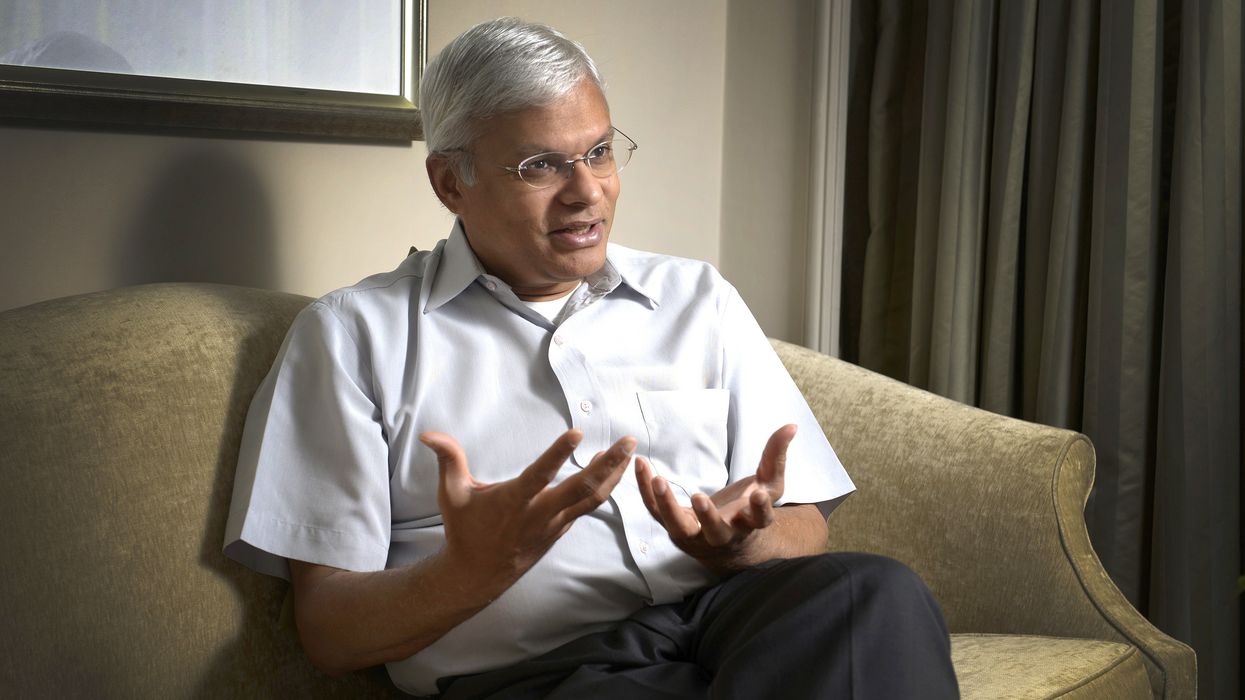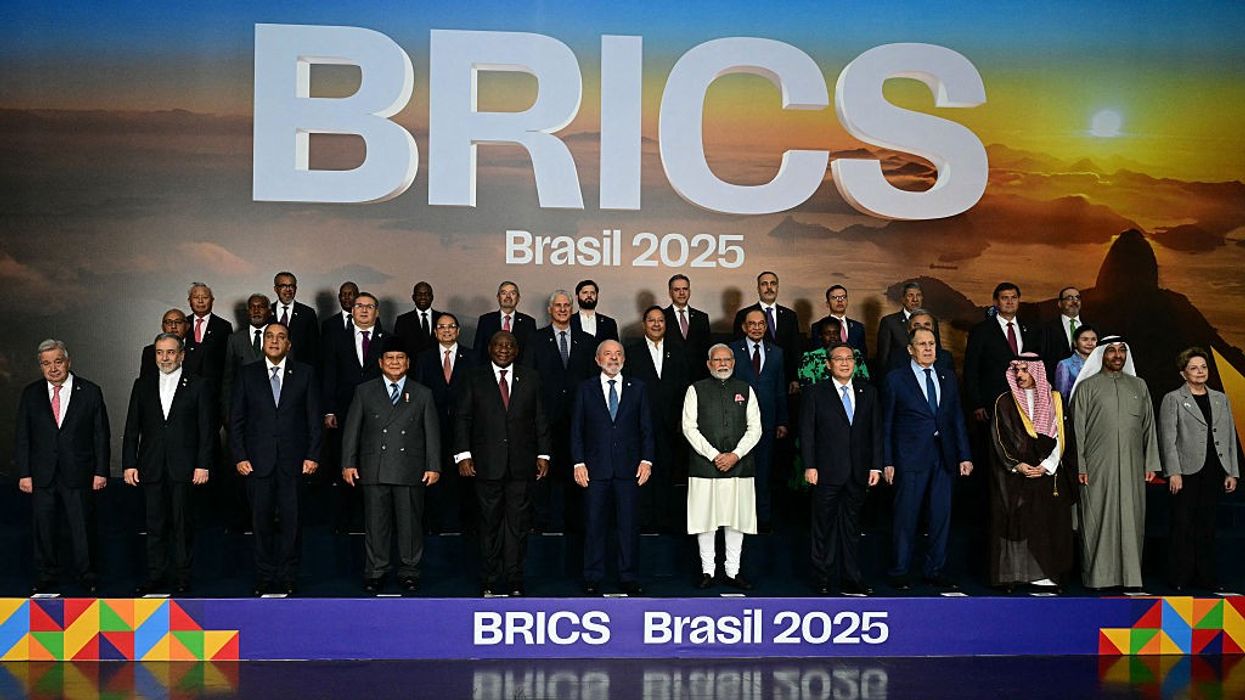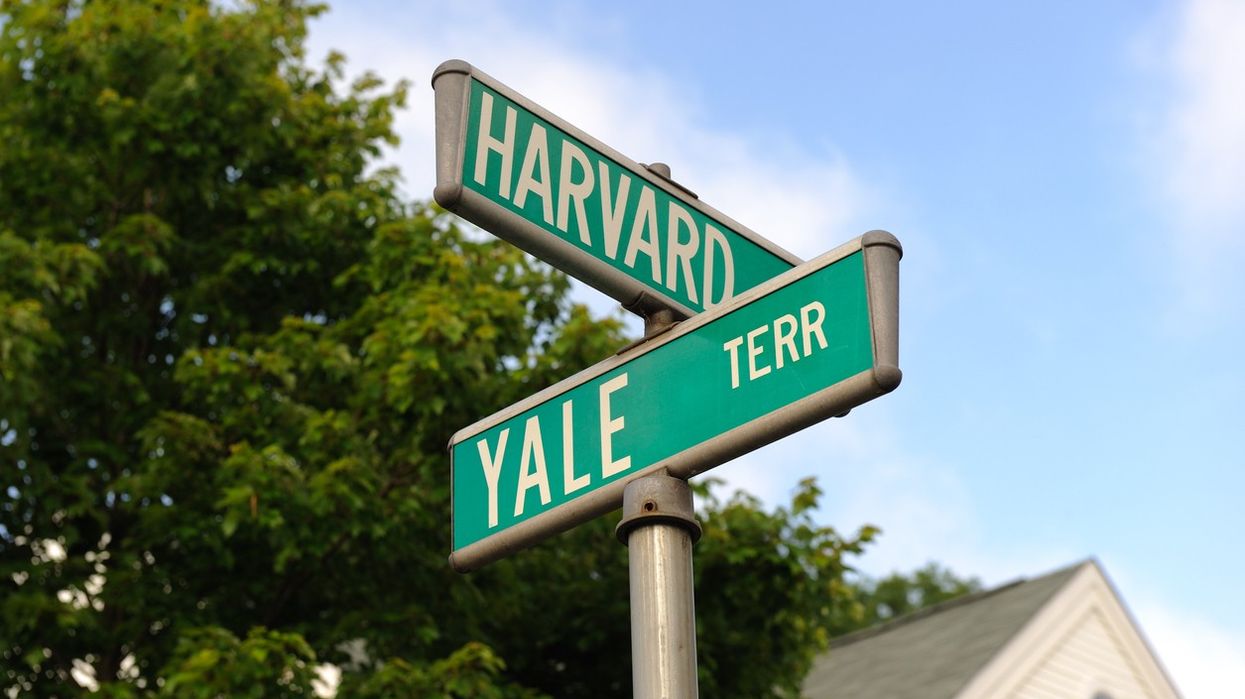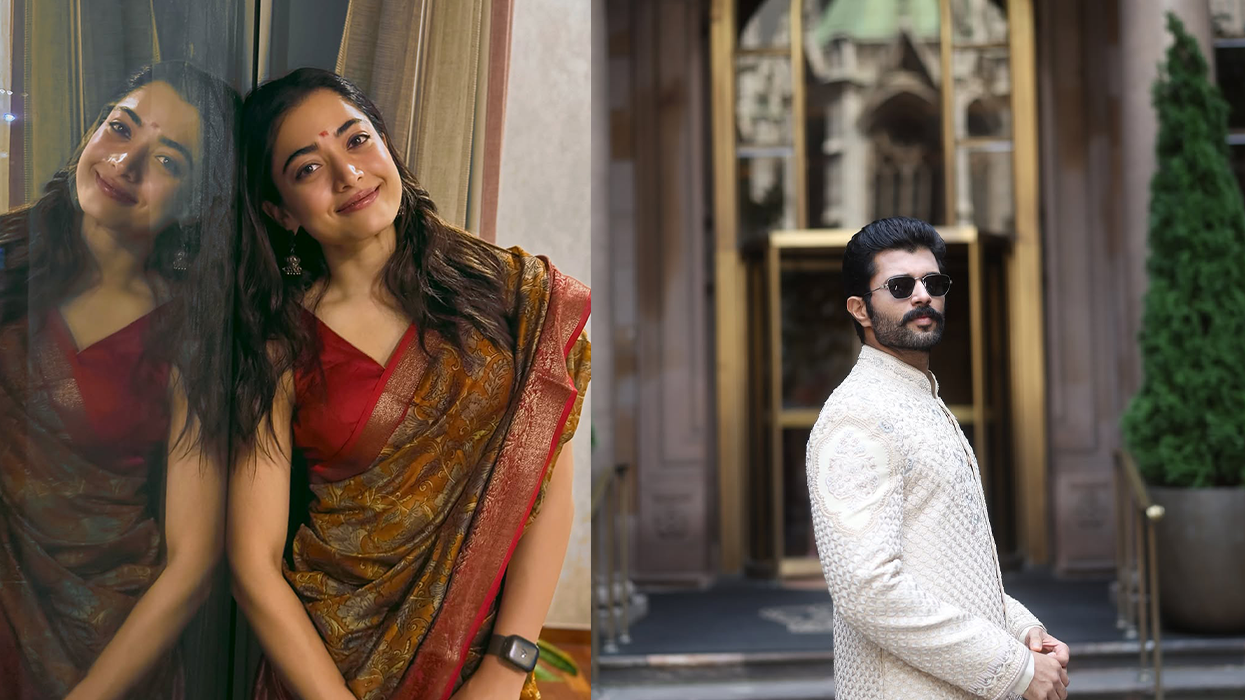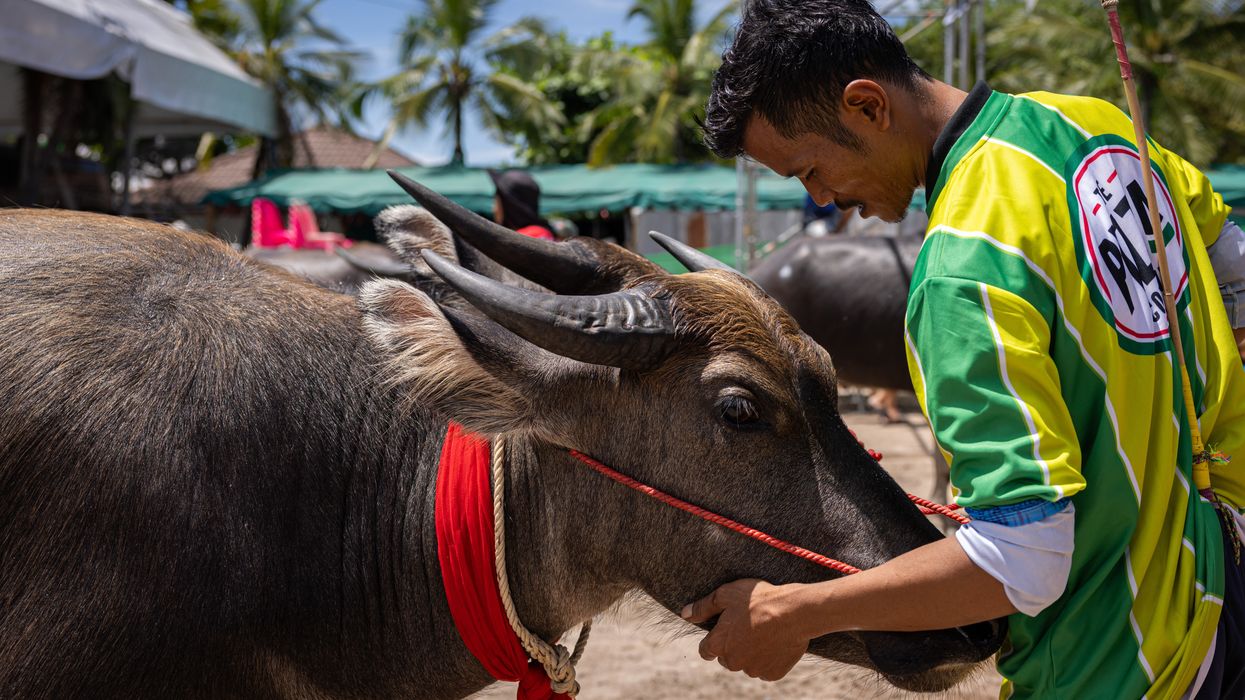Kolhapuri chappals, once a humble symbol of rural Indian craftsmanship, have now become a global fashion statement. Their most recent—and perhaps most striking—recognition came at the Spring/Summer 2026 menswear show of luxury brand Prada in Milan, where models walked the runway in these iconic handmade sandals. This moment marked not just a triumph for Indian artisans, but also a celebration of sustainable, heritage footwear on the world’s most prestigious style stage.
A Global Spotlight on Indian Craft
The sight of Kolhapuri chappals on international catwalks is a testament to their enduring appeal and versatility. Paired with contemporary designer outfits, the chappals retained their rustic charm while gaining a glamorous new context. This global embrace has brought well-deserved attention to the generations of artisans who have kept the Kolhapuri tradition alive, and has highlighted the eco-friendly processes that make these sandals unique.
Tracing the Roots: Origin in Kolhapur
To truly appreciate the Kolhapuri chappal’s journey, one must travel back to its origins in Kolhapur, Maharashtra. The story of these sandals stretches as far back as the 13th century, during the reign of King Bijjala and his minister Basavanna. Designed for comfort and resilience in the sweltering climate of rural Maharashtra, Kolhapuris were crafted to withstand daily wear and tear while offering breathability and durability.
The Art of Making Kolhapuris
What sets Kolhapuri chappals apart is their meticulous, fully hand-crafted process. Skilled artisans use sun-dried buffalo or cowhide, which is tanned using natural vegetable dyes—a process that can take up to six weeks. The leather is then cut, shaped, stitched, and decorated entirely by hand, with each pair taking anywhere from three to fifteen days to complete. The result is a sandal that is not only robust and comfortable but also eco-conscious.
Features and Variations
Kolhapuri chappals are known for their flat soles, open-heel design, and distinctive T-strap. Over time, they mold to the wearer’s feet, providing personalized comfort. Their ability to absorb heat and keep feet cool made them an instant favorite in India’s hot climate. Variations of the chappal are found across Maharashtra, with names like Kapashi, Kachkadi, Paytaan, Bakkalnali, and Pukari, each reflecting subtle differences in design and local tradition.
Patronage and Cultural Influence
The Maratha Empire played a significant role in popularizing Kolhapuri chappals, granting them royal patronage and making them a staple among warriors and nobility. Their reputation for durability and comfort ensured their continued popularity through the centuries.
In the 1970s, Kolhapuris caught the attention of the Western world, becoming a favorite among the hippie movement for their ethnic appeal and handcrafted authenticity. Since then, the chappals have evolved with changing tastes, featuring lighter soles, vibrant colors, and even metallic finishes, while their classic form has never gone out of style.
Geographical Indication and Modern Revival
In July 2019, Kolhapuri chappals received a Geographical Indication (GI) tag, officially recognizing them as unique to the Kolhapur region and protecting the legacy of the artisans who make them. This status has helped safeguard the authenticity of Kolhapuris and has given a boost to the traditional craft.
A Legacy That Endures
Today, Kolhapuri chappals are celebrated not only for their style but also for their sustainability and cultural significance. Prices typically range from Rs 500 to Rs 3,000, making them accessible to a wide audience. With their recent debut on the Prada runway, these chappals have truly come full circle—from the dusty lanes of rural Maharashtra to the glossy floors of global fashion capitals—proving that true craftsmanship and heritage never go out of style.


